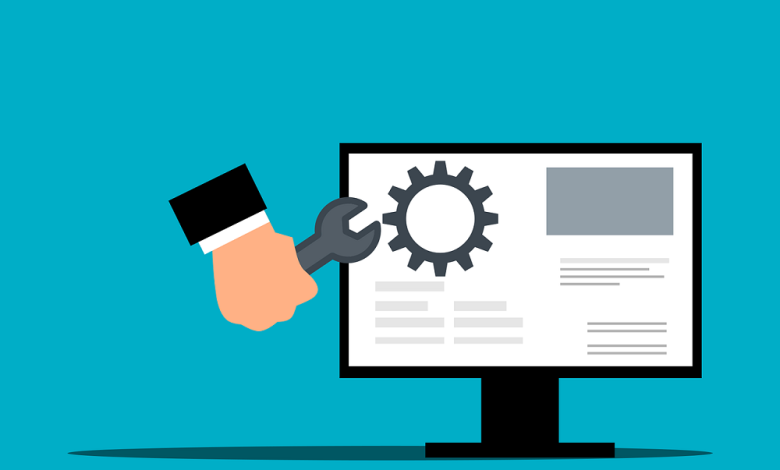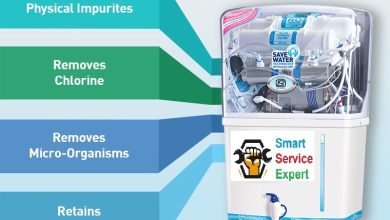Employee Onboarding: 4 Strong Tips To Have An Effective Remote Employee Onboarding

Undoubtedly, companies are shifting to remote work arrangements to maintain proper workflow and eliminate unwanted disbalance. Even if it is hard to grasp, it is the actual reality. Companies are making investments in technologically-driven tools like HR onboarding software to avoid the hindrance in business operations and ensure continuous growth.
Statistical Overview
Studies have found that 41% of employers believe that a poor onboarding program leads to 16% poor productivity, 12% high employee turnover, 11% low employee morale, 10% less employee engagement, 10% low employee confidence, 7% lack of trust. This shows how crucial the employee onboarding program is.
Maybe keep this in mind, companies with futuristic views have adopted digital onboarding solutions for their new hires.
Remote onboarding is inevitable
As the pandemic continues to spread worldwide and remote work arrangement becomes a part of the new normal, companies are taking no extra time to accept this advanced feature. However, remote onboarding is nothing but a challenge for the employer. In order to make the process easier for you, we have come up with exciting tips and tricks.
Keep reading to get a good understanding of the effective remote employee onboarding process.
How to have an effective remote employee onboarding? Check out the 4 exclusive tips
1. Create an attachment with the new hire:
Definitely, there is a sleek difference between onboarding the new candidate online and offline. When you are welcoming the candidate onboarding in person, the gesture is completely eye-catching to the new hire. However, it is hard to find the same gesture when you are greeting a person online. It is all about sharing textual messages and expecting that the new hire appreciates the overall process.
While you are onboarding the new hire through an online process, your first job is to create an attachment with the person. Maybe a warm greeting online followed by a conversation about the brand, work culture, and team members will be a great way to build team collaboration and team effectiveness.
2. Get organized software:
A software needs to be well-organized and well-integrated to make it work effectively. Whether you talk about the HR payroll software or the HR onboarding software, keeping it organized is necessary for better administration and easy adaption.
When you are focusing on the onboarding software, you must ensure the documents required for the overall process are categorized properly. Otherwise, the newly hired employees will be lacking knowledge related to the brand and work environment.
Let us explain this with some examples. You need to share information regarding brand products, brand service, and company. You need to provide the to-do list that the employees need to perform at the beginning of the day. You need to discuss the tasks and responsibilities of the individual employee so that it makes them aware of the regular catch ups.
3. Address issues:
Employees, especially those who are new to the organization, find multiple issues and queries regarding the business. This is quite obvious. There come numerous questions in a flow, making the admin panel confused about which one to take first. The HR managers add convenience to the overall process with the digital onboarding system.
The system automatically handles the queries and issues and generates results based on the raised concern. It even takes care of the legal documents and company regulations while hiring and onboarding. From arranging remote induction sessions to addressing the problems, the system leaves no stone unturned to assist the HR managers.
4. Set goals and expectations:
The onboarding software not just allows HR managers to welcome the new hires onboard but even aids them in setting goals and expectations. Doing so, the new employees find it easier to learn about their individual objectives and work on them with more attention.
Clear, well-defined goals are important even if you are well aware of the business objectives. Instead of paying attention to one direction, you can distribute your teams across several directions, meeting different goals. Once you define the goals, the remote workers find it easier to understand their work strategy and working process.
Communication is mandatory in all these cases. The best you communicate with your remote employees, the better they find you reliable. Hence, strong employee retention and employee engagement.
The Bottom Line
The pandemic has brought everyone to their knees, but it can’t stop you from achieving success if you know the smart ways to overcome the challenges. The aforesaid guidelines will certainly help you with the remote approaches, allowing your business to speed up its regular operations and deliver productivity. Make sure your employees get the same experience they have while onboarding offline.
Look for the best HR onboarding software fitting your business requirements and streamlining your work operations.
Read more: Goods and Effective Planning




